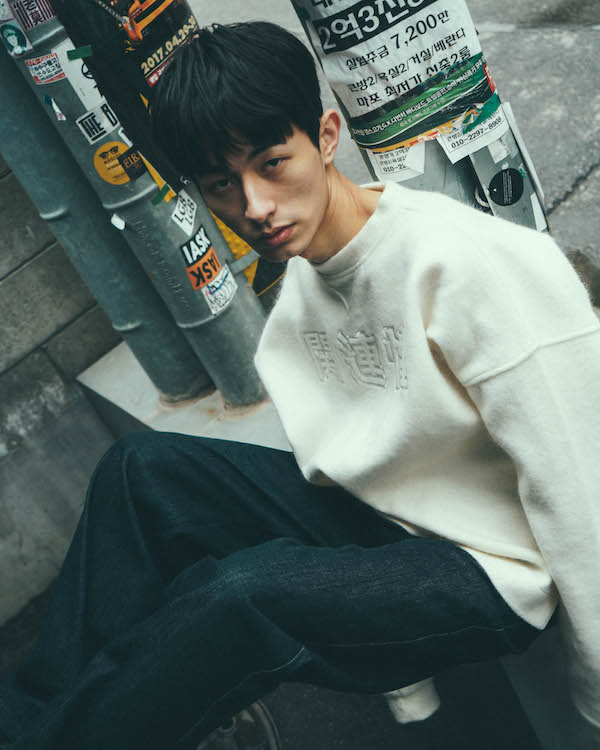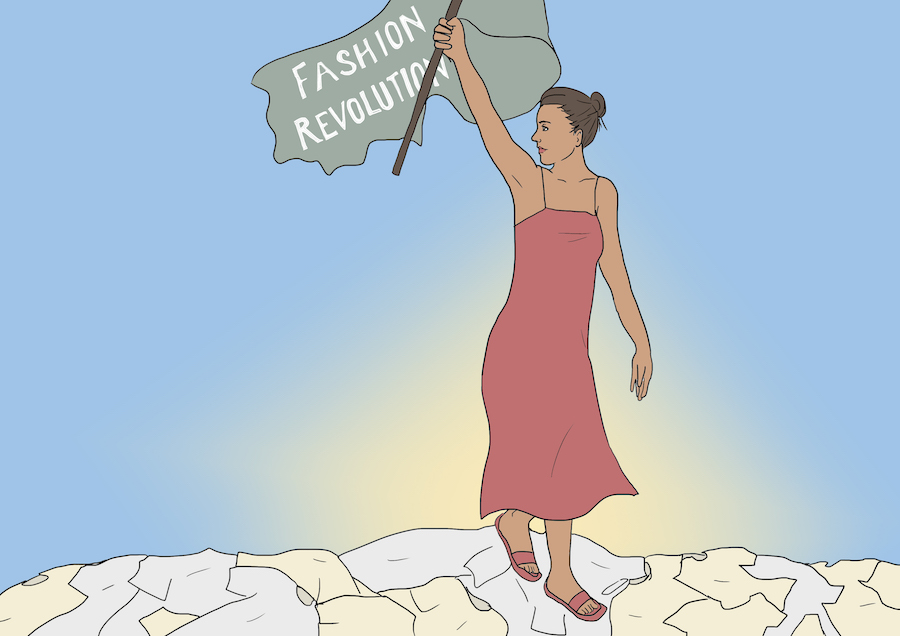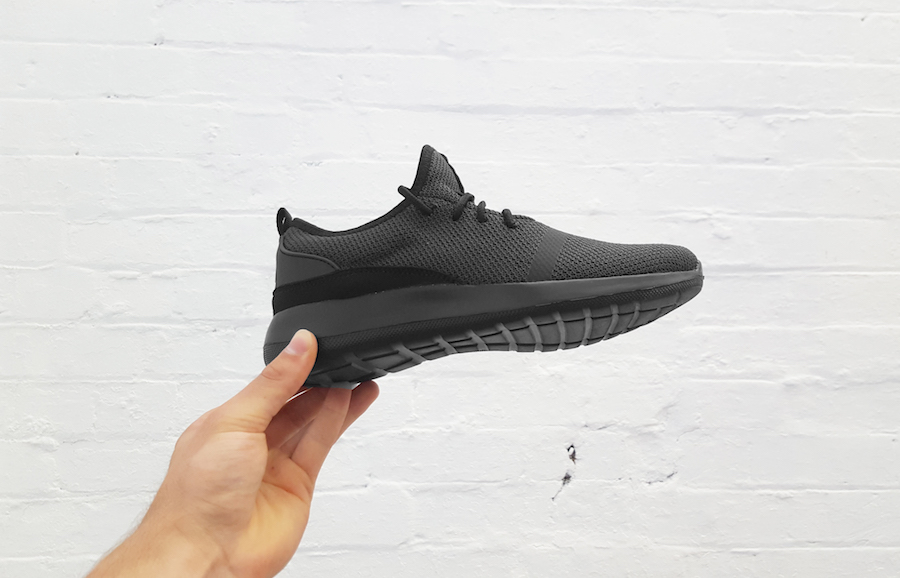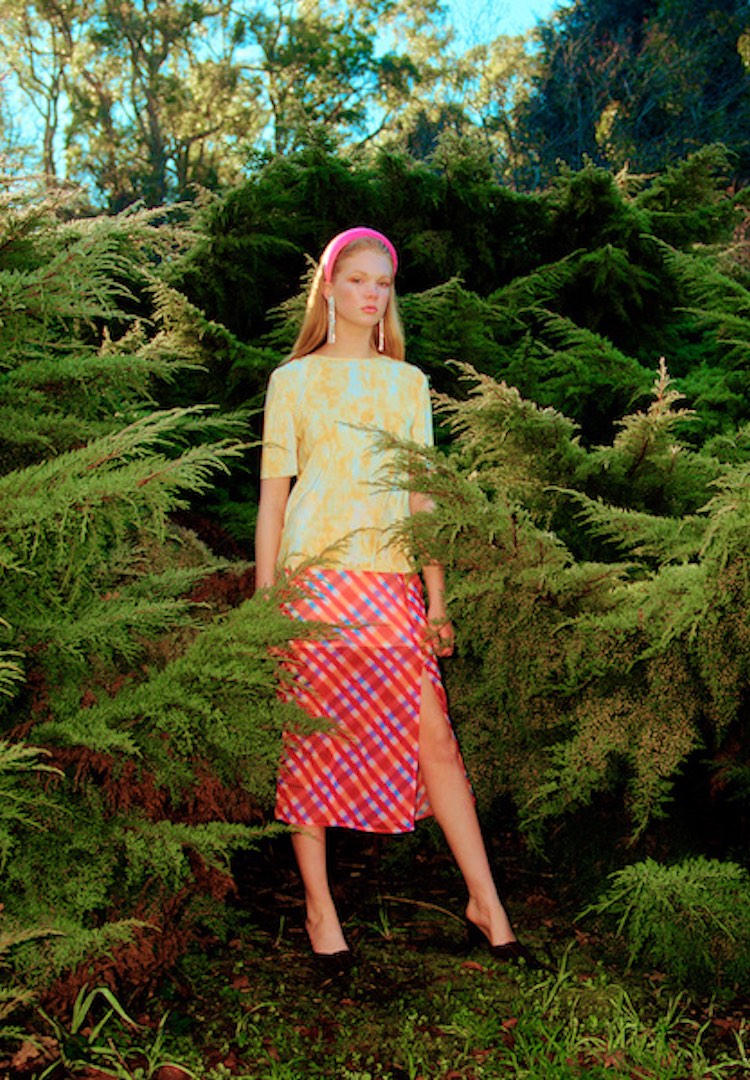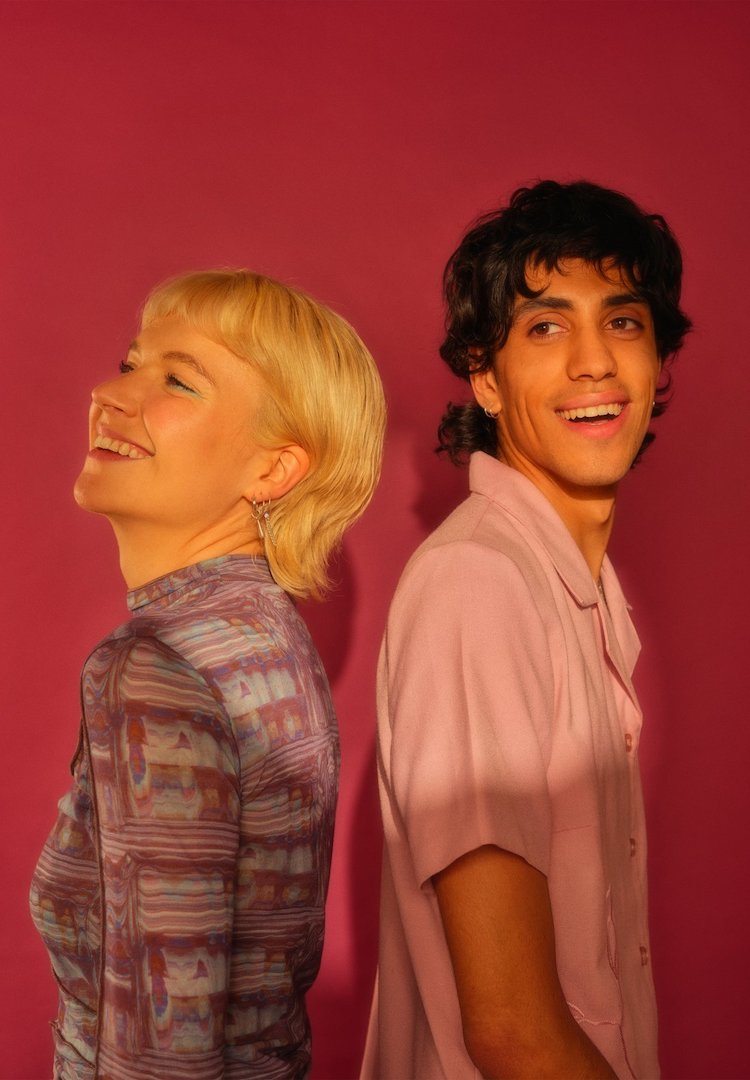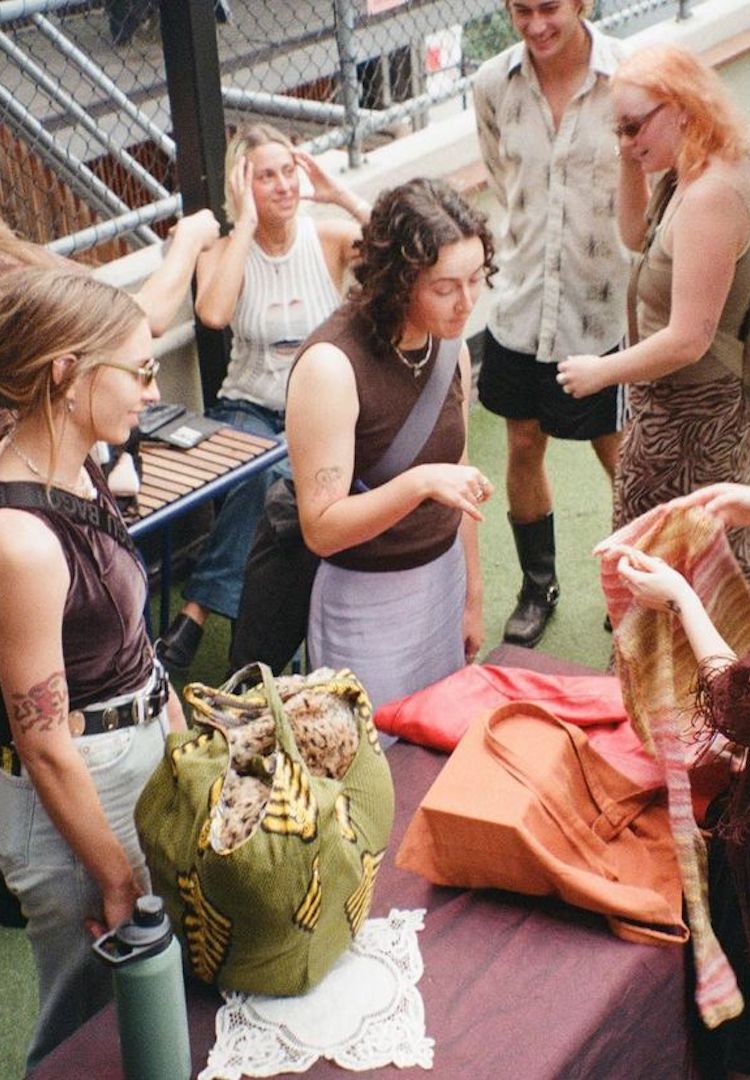How Millennials are driving the Fashion Revolution
A look beyond our ‘throwaway’ culture.
Straight up, I must apologise for using the word ‘Millennials’. It’s got to be one of the most obnoxious buzzwords circling the Internet. If it made you cringe reading it, I’m sorry. It also made me cringe writing it. But for the sake of context, and lack of a better word, Millennials it is.
Now that I’ve got that off my chest, let’s be real with each other. You and I have grown up among the fast fashion generation. We’ve come of age believing it’s better to spend less and get more. We’ve traded Sunday best for $5 tees. And our understanding of what denotes ‘inexpensive’ has been totally manipulated, thanks to those darned $5 tees.
Recently, we’ve been reprimanded for it. Major publications have written think piece upon think piece, tut-tutting young consumers for buying into the fast fashion market and supporting the unbreakable cycle of damage that’s underpinning the fashion industry.
And fair enough. We deserved this stern talking to. Myself included, which I realised a year ago when I wrote a piece on why I chose cheap over sustainable, and was rightfully reprimanded in the comments section.
But thankfully, things are changing. While it might not seem like our generation will be remembered for its eco-warrior tendencies, the optimist inside me would like to believe otherwise. As a consumer group, Millennials are beginning to take notice of – and responsibility for – the social and environmental impact of their shopping habits.
Take a hot second to think about what’s going down in the industry right now. That’s correct: a revolution. A Fashion Revolution. Young people all over the world are beginning to question where their clothes are made and who they’re made by.
Working in fashion retail for almost four years, I’m increasingly impressed by the shift in the way people my age are shopping. While low price was once the priority, I’m noticing more guys and girls checking garment care labels for fabrication details. Or approaching sales assistants to ask where exactly the piece was produced. Or returning to the shop four times, to try-on, analyse and really think about the impact of their purchase before handing over hard earned cash.
And it’s really, really cool.
Not long ago, I was watching a seminar on sustainable fashion that was filmed during last year’s MBFWA, when I had my penny drop moment. The words of Ramon Martin, one half of the Aussie/American design duo, Tome, really struck a chord with me.
“Fashion in the 2000s won’t be remembered for a hemlines or a miniskirt, or whatever it was back in the day,” said Martin.
“Fashion today will be remembered for changing the way we make clothes… For asking, ‘is this the best possible way I could be making this?’ Or, for the consumer, ‘is this a responsible way for me to use my power of consumer choice?’”
Did that just flick a switch in your brain, too?
After hearing Martin’s words, the way I saw myself as a consumer changed. No longer was I a fashion-hungry, twenty-something constantly in search of ‘newness’. I was a person with a voice and an ability to make a difference.
Don’t get me wrong – I’m not pardoning myself or my peers from participating in our consumerist culture. Every now and then I have a weak moment. Sometimes I’m seduced by the underpants in UNIQLO, and the way each individual pair is packed in plastic like a primary school playlunch. (Does anyone else find that oddly satisfying?)
But underpants in zip-lock bags aside, fresh statistics and industry voices also confirm what I’m suggesting. There’s change in the way Millennials are treating fashion and interacting with makers.
Speaking in conversation with the Business of Fashion’s Tim Blanks, journalist JJ Martin acknowledges:
“Consumers can sniff [dishonesty] out. They really react well to authenticity. They react well to people who are generally in love with the product.”
Right now, Millennials make up a quarter of the world’s population. And according to a recent study, around 60 percent of Millennials are more likely to engage with brands that discuss and support social causes.
I know it’s oft blamed for fuelling our thirst for newness and nowness, but I think we can attribute part of this shift to the rise of social media. It’s insanely cool that things like Instagram and Twitter allow us to direct message brands and individuals, often resulting in a personalised reply. By facilitating this intimate conversation with the people making our clothes, social media has created a world-first desire that’s totally unique to our generation. A desire for transparent two-way communication.
According to founder of US-based label Born Again Vintage Bridgett Artise, “social media has allowed [Millennials’] voice to become our fashion government.”
Right now, it might feel like Millennials are to blame for allowing fast fashion to rise the way it has. Sure, we followed the lead of our predecessors and bought into the throwaway culture they crafted for us. But being the politically, socially and ethically engaged people we are, it didn’t take long for us to realise something about this situation wasn’t quite right.
If we keep on this path to self-improvement and practise moral rejection of the brands that aren’t behaving, as predicted by Martin, we will be remembered as the very vocal generation who began to question and demand change. The children of the Fashion Revolution.
Illustration by Twylamae.

